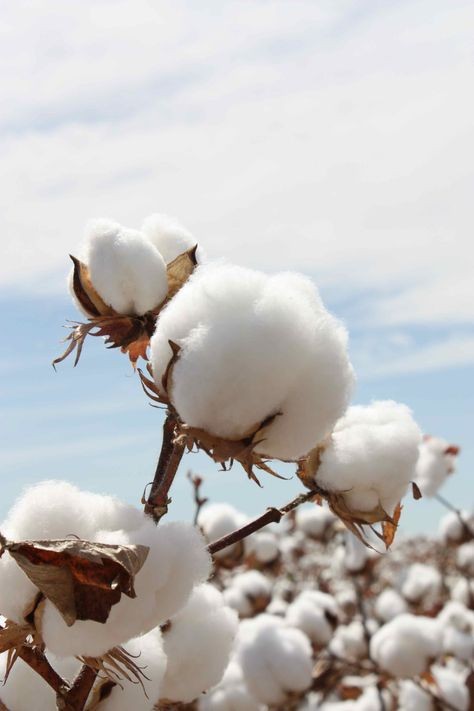The fashion industry is known as one of the largest polluters in the world. However, in recent years, the movement towards eco-friendly and sustainable fashion has gained increasing importance. Eco-friendly fabrics and sustainable production techniques are at the heart of this movement. In this blog post, we will provide information about environmentally friendly types of fabric and sustainable production methods.
Eco-Friendly Fabrics
1. Organic Cotton:
o Characteristics: Grown without the use of chemical fertilizers and pesticides.
o Advantages: Protects the soil, conserves water, and safeguards the health of farmers.
o Usage Areas: Clothing, home textiles, baby products.

2. Bamboo:
o Characteristics: Derived from a fast-growing and naturally antibacterial plant.
o Advantages: Requires little water, is a renewable resource, and is naturally organic.
o Usage Areas: Clothing, underwear, sportswear.

3. Hemp:
o Characteristics: Durable, breathable, and biodegradable.
o Advantages: Requires minimal water and agricultural chemicals, enriches the soil.
o Usage Areas: Clothing, shoes, bags.

4. Tencel (Lyocell):
o Characteristics: Made from cellulose fibers obtained from sustainable forests.
o Advantages: The production process is environmentally friendly and biodegradable.
o Usage Areas: Clothing, home textiles, sportswear.

5. Recycled Polyester:
o Characteristics: Made from used plastic bottles and waste polyester.
o Advantages: Reduces waste, conserves energy.
o Usage Areas: Sportswear, outerwear, accessories.

Sustainable Production Techniques
1. Water-Saving Techniques:
o Description: Production methods that minimize water consumption.
o Examples: Innovative dyeing and washing techniques, water recycling systems.
o Benefits: Helps conserve water resources and reduce production costs.
2. Energy Efficiency:
o Description: Methods aimed at reducing energy consumption in the production process.
o Examples: Use of renewable energy sources, energy-efficient machines.
o Benefits: Reduces carbon footprint and lowers energy costs.
3. Waste Management and Recycling:
o Description: Minimizing and recycling waste generated during production.
o Examples: Reuse of waste fabrics, aiming for zero waste in the production process.
o Benefits: Reduces waste and allows for more efficient use of raw materials.
4. Fair Trade and Ethical Production:
o Description: Production processes that respect workers' rights and adhere to ethical standards.
o Examples: Fair wages, safe working conditions, prevention of child labor.
o Benefits: Improves the quality of life for workers and supports social sustainability.
5. Reducing Carbon Footprint:
o Description: Methods aimed at reducing the amount of greenhouse gases emitted during production.
o Examples: Low-carbon transportation methods, energy-efficient production processes.
o Benefits: Contributes to combating global warming and climate change.
Eco-friendly fabrics and sustainable production techniques play a critical role in reducing the environmental impacts of the fashion industry. Organic cotton, bamboo, hemp, Tencel, and recycled polyester offer both environmentally friendly and high-quality options. Sustainable production methods, such as water-saving techniques, energy efficiency, waste management and recycling, and fair trade and ethical production, ensure that fashion production occurs in a greener and more ethical manner.
By joining the sustainable fashion movement, you can protect the environment and become a more conscious consumer. Being part of this movement not only helps to preserve nature but also contributes to leaving a cleaner and more livable world for future generations. With the increasing interest in sustainable fashion, it is inevitable that the fashion industry will take steps in this direction and provide more environmentally friendly solutions.